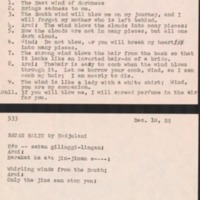Browse Exhibits (27 total)
Snapshots: Photography and Native Americans

The circumstances in which Native American people are photographed, such as location, subject, framing of the shot, posing and props, reveals a great deal about how Native American people encountered and perceived the technology of photography.
Snapshots-Native Americans and Photography
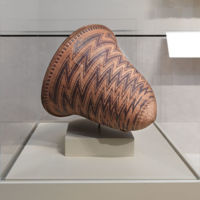
The circumstances in which Native American people are photographed, such as location, subject, framing of the shot, posing and props, reveals a great deal about how Native American people encountered and perceived the technology of photography.
The Ghost Dance & Wounded Knee
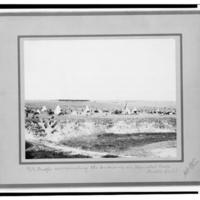
The Ghost Dance and Wounded Knee. Pan Indian Movements and state-initiated violence. This exhibit will use primary sources to make connections between the rise of the Ghost Dance, the rise in fear of a Pan-Indian movement and how that led to the Wounded Knee Massacre started by the United States government.
Engineered Removal: Destruction of Indigenous Culture by the American Institution

This exhibit examines the cultural destruction of Indigenous Peoples through Indian Boarding schools.
Food diversity and rich cultural tradition demonstrate the vast landscape of Indiginous tribes before colonialism. Indian Boarding School were set up by the US Government to strip Native Peoples from their identities and assimilate them into 'western' culture. The longterm effects from the pyschological pain of children is still seen today.
Photographic Impressions: The Carlisle Effect

The damaging effects of off-reservation boarding schools during the late 19th and early 20th century are noted through existing collections of photographs of students enrolled in schools such as Carlisle Indian School. These photographs, along with written letters and documentation, remain to serve as evidence of the intentional destruction of an entire group of peoples identity and culture. The Native American youth are visably reshapen to fit the mold of the white man.
Musical Reflections of Environments
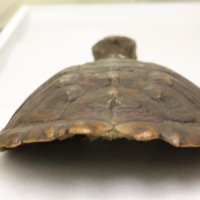
From the icy shores of the Arctic Ocean to the humid swamps of the Everglades, indigenous people in North America live in many different types of environments. As diverse as these environments, indigenous people in North America also live in many different political and economic environments. This exhibit displays artifacts of music which reflect both the human and the natural environments to which Native peoples in North America have adapted.
Native American Art in Context

The value of an object is not limited to its monetary worth. The value of many objects extends into concepts of identity, culture, and religion. The context of a piece of art creates these values, and they shape what people consider “art”. This exhibit looks at how contexts and representations create values of Native American art over both time and space.
The Different Layers of Weaving
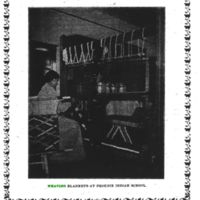
Weaving has existed for many centuries and continues to thrive and exist today, but in different ways. The process of weaving will be shown as a way to understand why it's so important to the area of southwest as well as parts of Mexico, and how weaving affects people today.
Holistic Resistance and Refusal
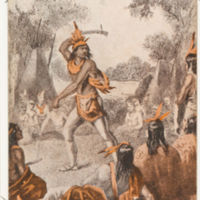
Settler Colonialism in America dramatically altered Native American communities, but centuries of Native American resistance ensured survival. This exhibit will examine the holistic way Native American people in different times and locations have resisted and refused Western acculturation through physical, political, legal, religious, and artistic means.
